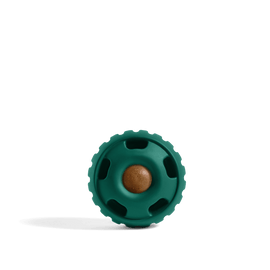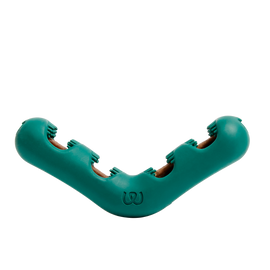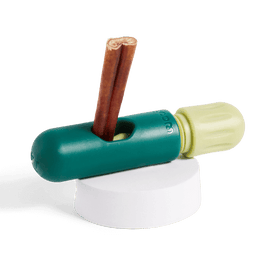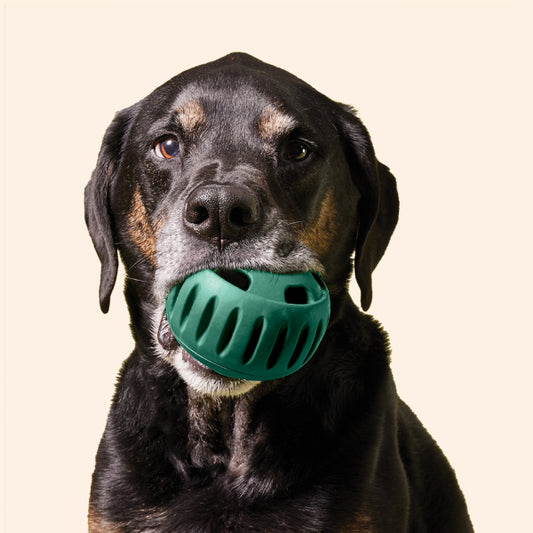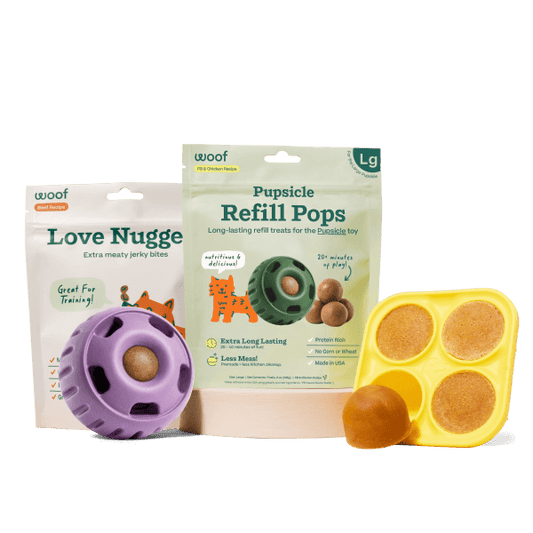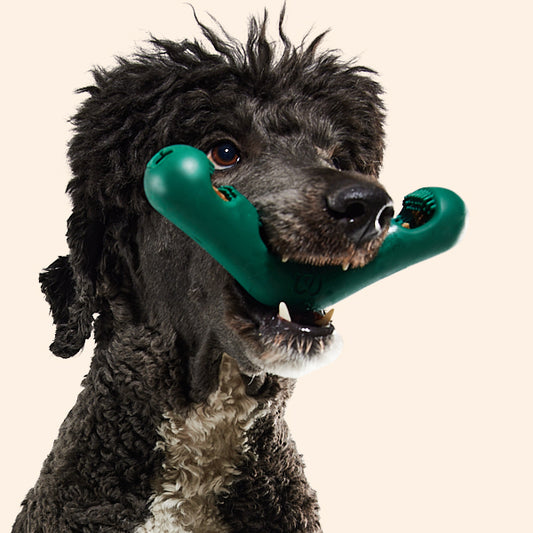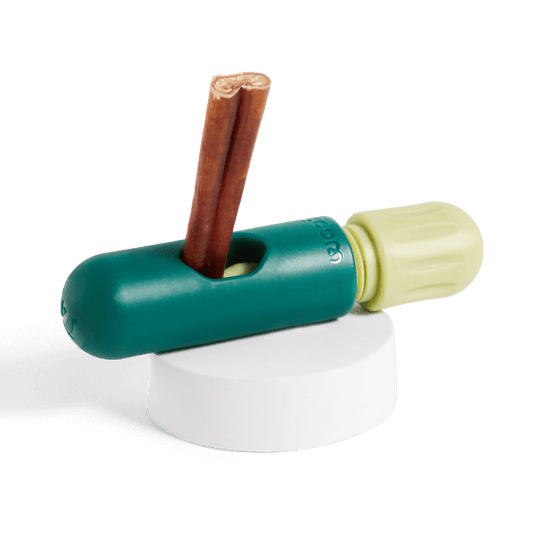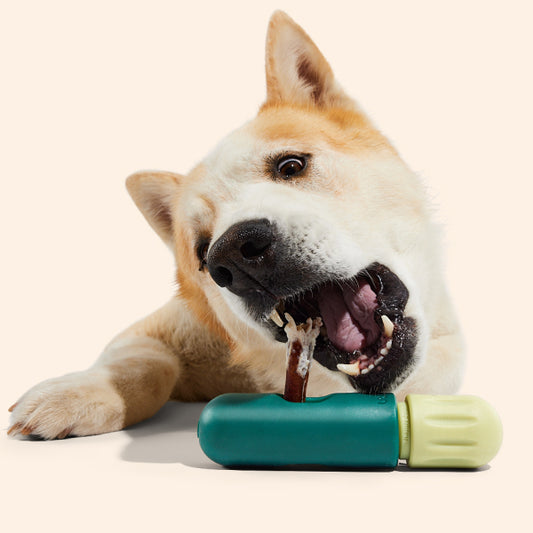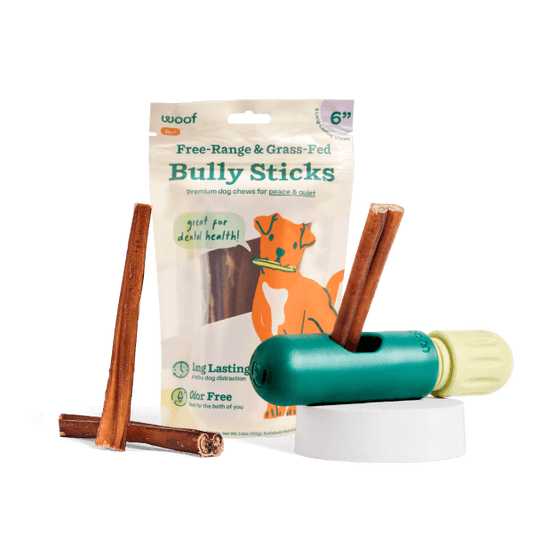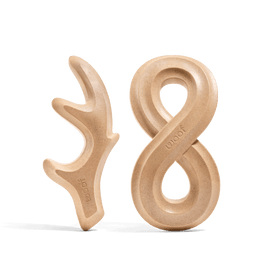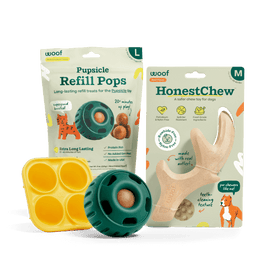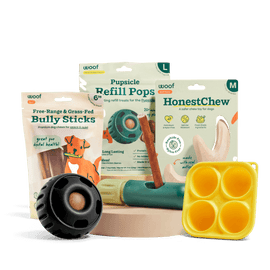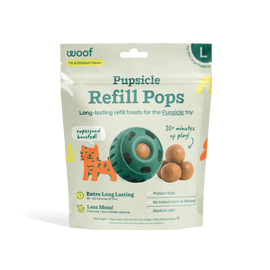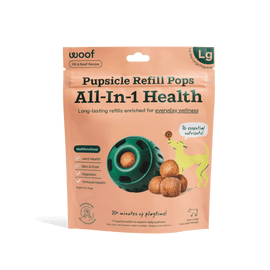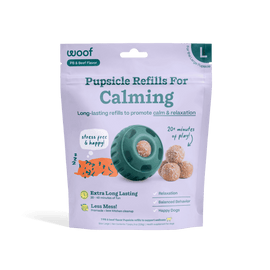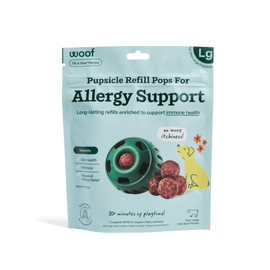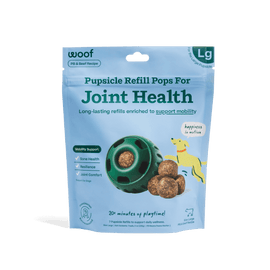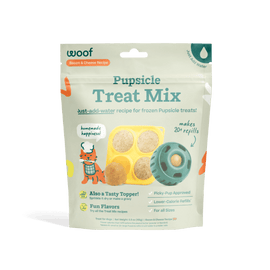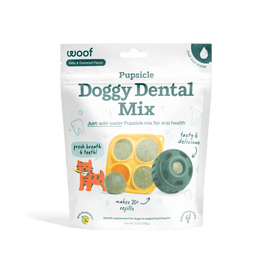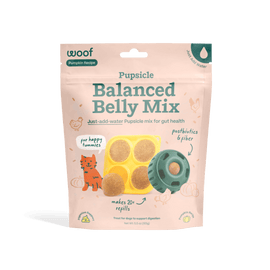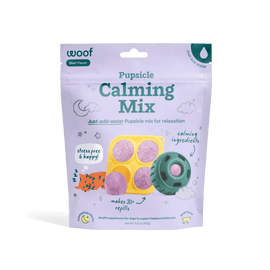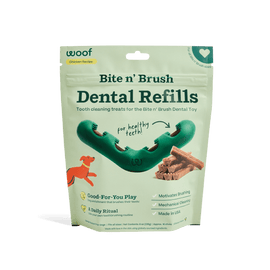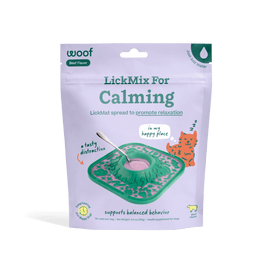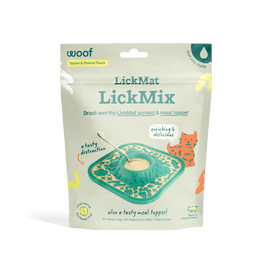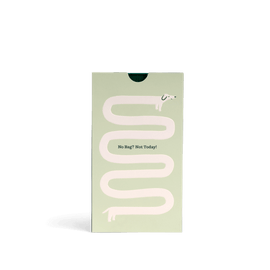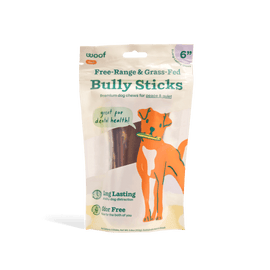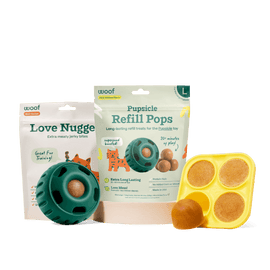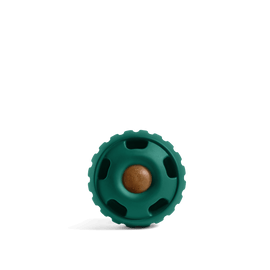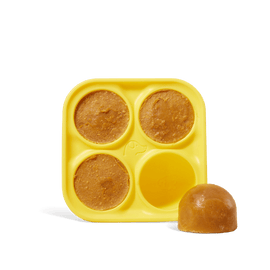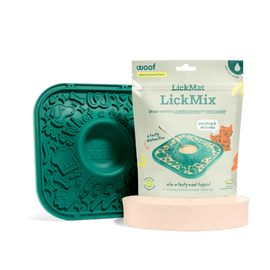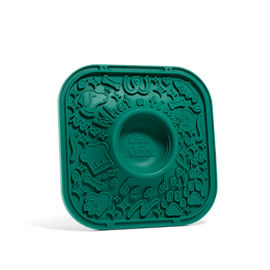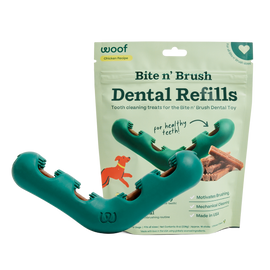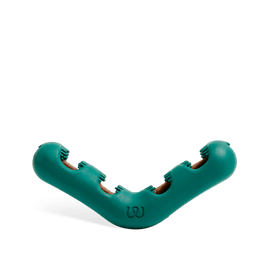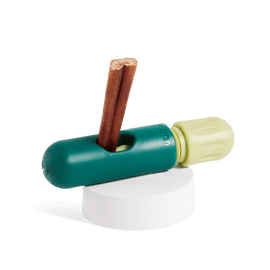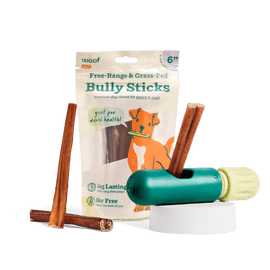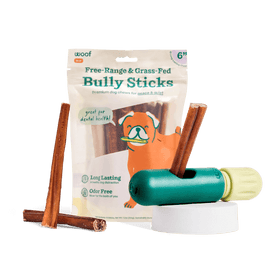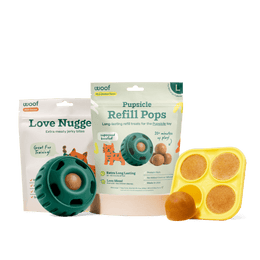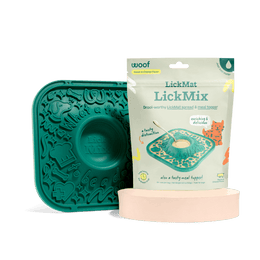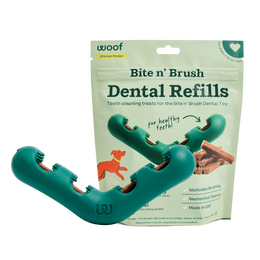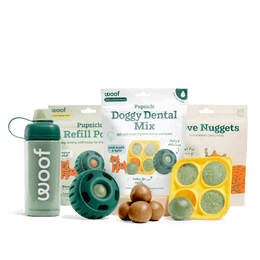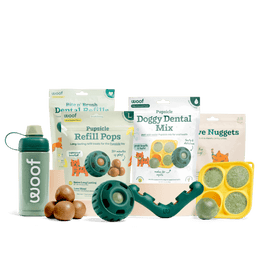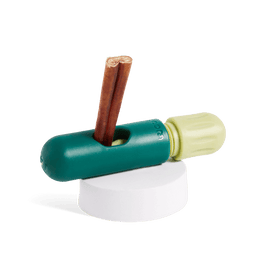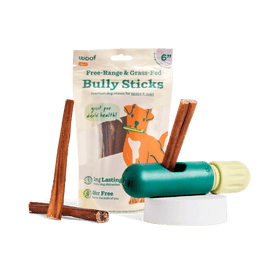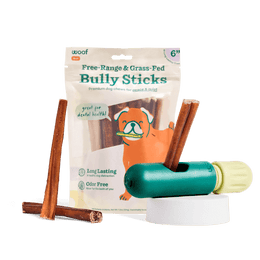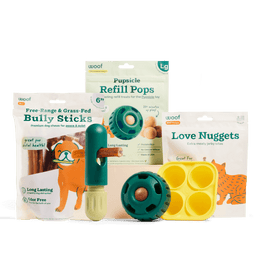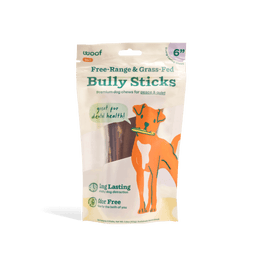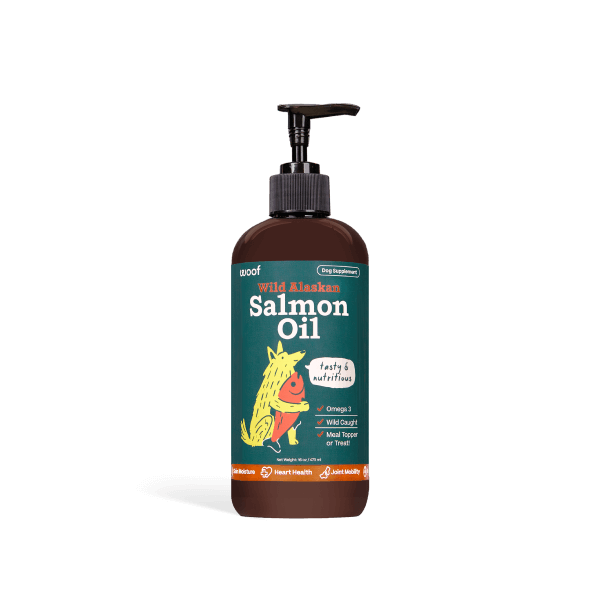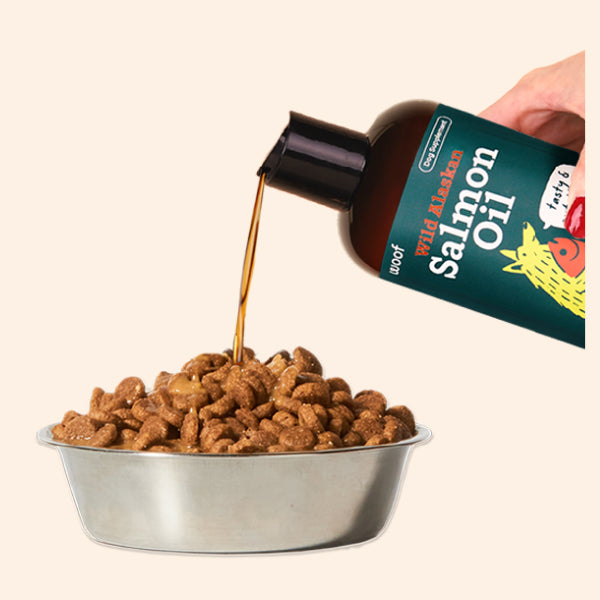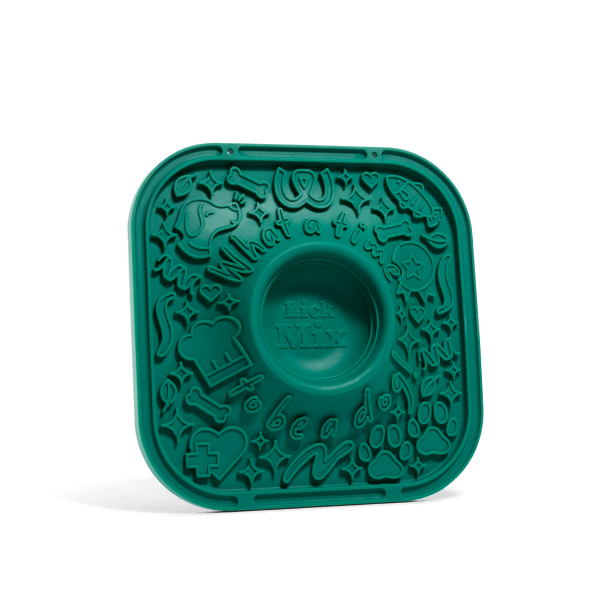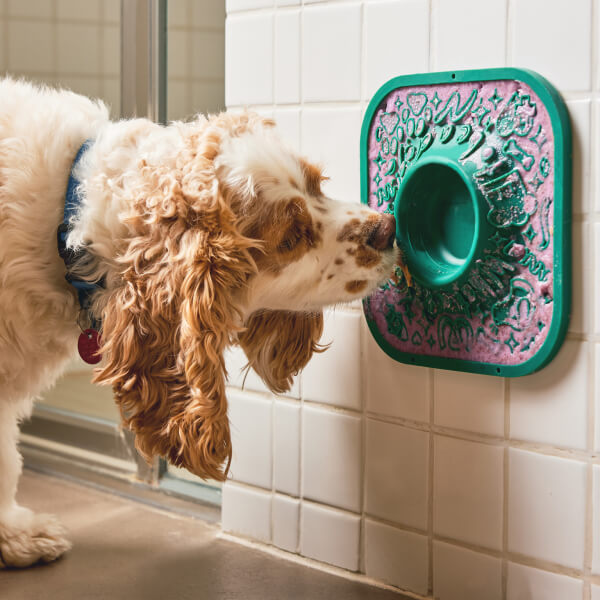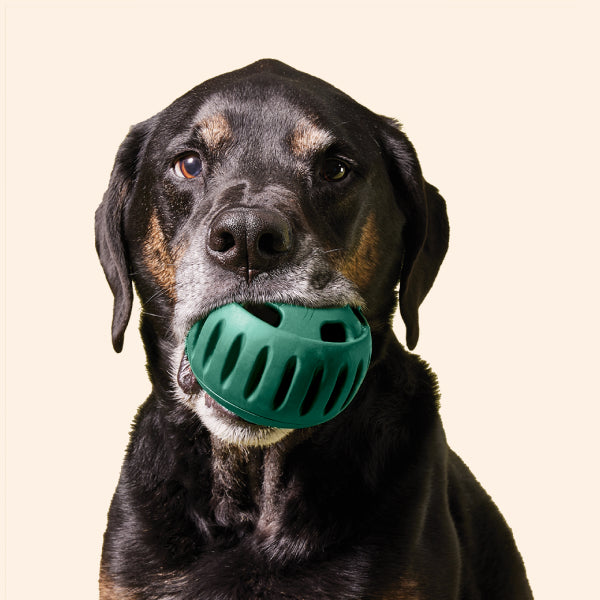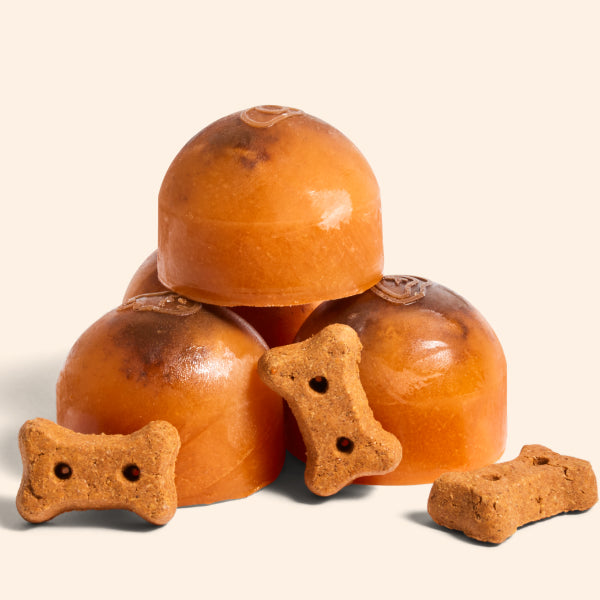
Can dogs eat fish? If you're a dog parent who's ever wondered about adding a splash of seafood to your pup's diet, you're not alone. Fish is a protein-packed, omega-3-rich treat that many dogs love. But before you toss your dog a salmon filet, it's crucial to understand which fish are safe, how to prepare them, and what risks to watch out for. Let's dive into the world of fish for dogs and explore how to make this tasty treat both safe and beneficial for your furry friend.
Why Fish Can Be a Great Treat for Your Dog
Fish isn't just a flavorful addition to your dog's diet; it's a nutritional powerhouse. Rich in high-quality protein, omega-3 fatty acids, and essential vitamins and minerals, fish supports your dog's overall health. Omega-3s, in particular, promote a shiny coat, healthy skin, and can even help reduce inflammation in joints. Fish like salmon and sardines are also known for their heart-healthy benefits and can be a great option for dogs with food sensitivities to more common proteins like chicken or beef.
Which Fish Are Safe for Dogs?
Not all fish are created equal when it comes to canine consumption. Safe options include:
- Salmon – Packed with omega-3s and protein, but must be cooked thoroughly to eliminate parasites.
- Sardines – Small, low in mercury, and rich in nutrients. Opt for those packed in water without added salt.
- Whitefish – Such as cod and haddock, these are lean and easy on your dog's digestive system.
- Flounder – A mild-tasting fish that's gentle on sensitive stomachs.
- Herring – Another small fish that's low in mercury and high in beneficial fats.
Always ensure the fish is cooked and free from bones, skin, and scales to prevent choking hazards and digestive issues.
Fish to Avoid Feeding Your Dog
While some fish are dog-friendly, others pose health risks:
- Raw Fish – Can contain harmful bacteria and parasites that cooking eliminates.
- Fish with High Mercury Levels – Such as swordfish, king mackerel, and large tuna species, which can lead to mercury poisoning over time.
- Fish Bones – Even small bones can splinter and cause choking or injury to your dog's digestive tract.
- Smoked or Canned Fish – Often contain high levels of salt and preservatives that are harmful to dogs.
How to Safely Prepare Fish for Your Dog
Preparation is key to ensuring fish is a safe treat for your dog:
- Cook Thoroughly – Always cook fish to kill any harmful bacteria or parasites. Baking, grilling, or steaming are good methods.
- Remove Bones – Carefully debone the fish to prevent choking hazards.
- Skip the Seasonings – Avoid adding salt, garlic, onions, or other spices, as these can be toxic to dogs.
- Serve in Moderation – Fish should be an occasional treat, not a daily meal, to maintain a balanced diet.
Introducing Fish into Your Dog's Diet
When adding fish to your dog's diet, start slow. Introduce small amounts and monitor for any adverse reactions, such as vomiting, diarrhea, or itching, which could indicate an allergy. If your dog has a history of food sensitivities or health issues, consult your veterinarian before introducing fish.
Enhancing Your Dog's Diet with Woof Products
At Woof, we offer a range of products that can complement your dog's diet and make mealtime more enjoyable:
- Salmon Oil – A natural source of omega-3 fatty acids to support your dog's skin and coat health.
- The LickMat – Perfect for spreading fish-based treats and keeping your dog entertained.
- The Pupsicle – Freeze fish-based treats for a cool, refreshing snack.
- Pupsicle Treat Tray – Ideal for preparing frozen fish treats in advance.
Final Thoughts
Fish can be a healthy and tasty addition to your dog's diet when prepared and served correctly. By choosing safe fish options, cooking them thoroughly, and serving them in moderation, you can provide your dog with a nutritious treat that supports their overall health. Always consult with your veterinarian before making significant changes to your dog's diet to ensure it's the right choice for their individual needs.

